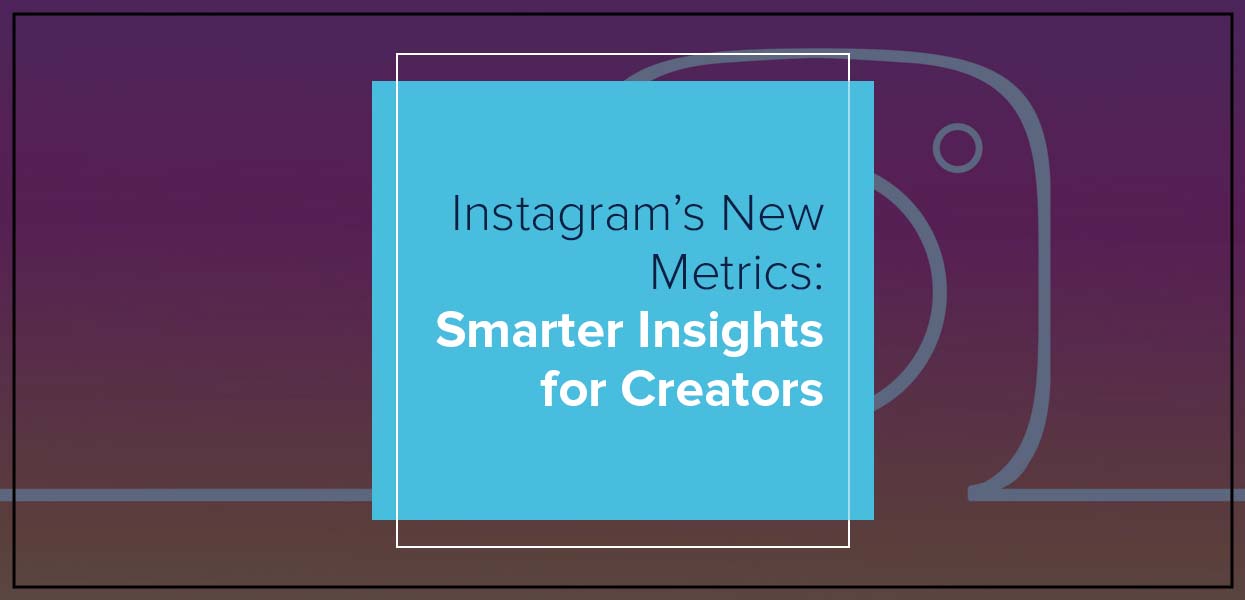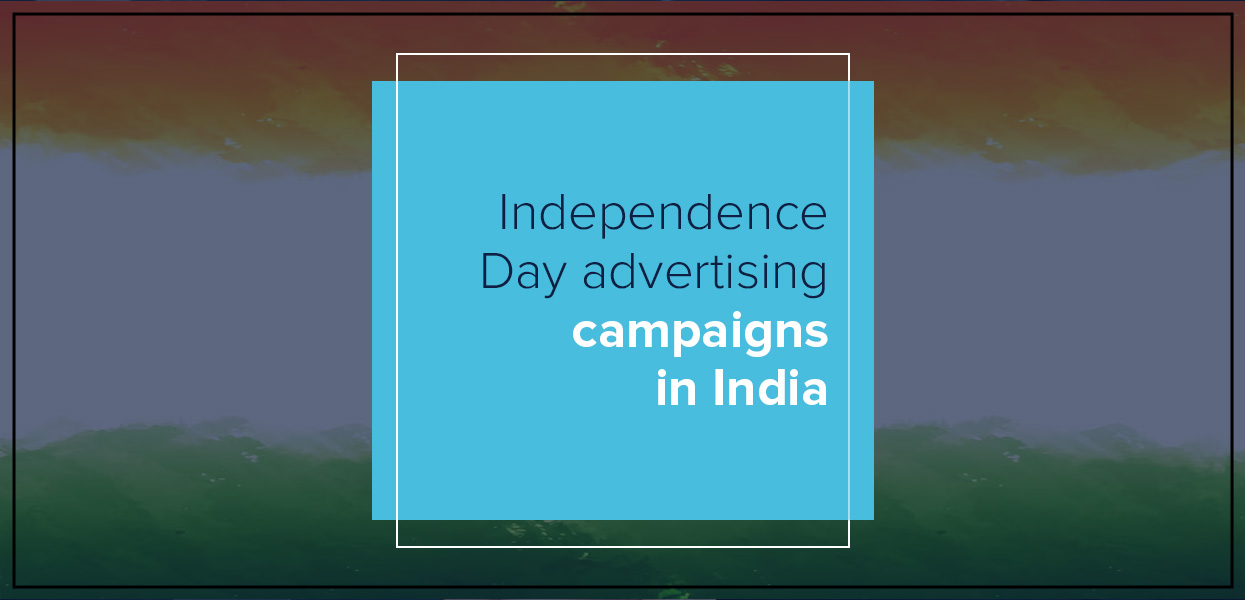Proving Human Authenticity in an AI-Dominated Digital World
.png)
Is That Real? The New Age of AI-Generated Everything
The internet used to be a place where you could spot a fake in a heartbeat. Poor Photoshop jobs, oddly cropped memes, or staged videos gave themselves away. But now? I find myself questioning everything, from a wholesome cat video to a bizarre image of a kangaroo seemingly waiting to board a flight. And I’m not alone. The rise of AI-generated content has quietly crept into our everyday scrolls, and it’s changing how we see, react, and trust. We’re laughing, liking, and sharing, but more often than not, we’re doing it without knowing if what we’re seeing was ever real to begin with.
We’re not just scrolling through AI anymore, we’re being sold to by it.
Behind the curtain of digital marketing, AI-generated content has become more than just a tool, it’s a quiet workhorse. Marketers use it to brainstorm ideas, draft ad copy, write blogs, and even generate images that look indistinguishable from real-life photoshoots. It’s efficient, scalable, and always on-brand. But as more businesses adopt these systems, the line between authentic content and algorithmically produced material gets harder to see. For audiences, that creates a trust gap. When everything sounds polished and perfectly optimized, people begin to question what’s real. The very thing brands are chasing, connection starts to erode under the weight of predictability. Content authenticity, once a default, is now something marketers must actively earn back.
Why AI Detection Tools Are Failing Us
As AI-generated content becomes more lifelike, our ability to verify it hasn’t kept pace. AI detection tools were designed to catch algorithmically created material, but most of them are either unreliable or easily bypassed. Text-based tools often flag authentic human writing especially from non-native speakers as suspicious, while images created by AI can now mirror reality so closely that even experts hesitate. In one recent case, a simple image of a shampoo bottle completely human-made was wrongly identified by over half the respondents as AI-generated. That’s the real issue: we’re becoming worse at distinguishing the real from the synthetic, and our tools, meant to protect digital trust, are adding more confusion than clarity.
What This Really Means
Here’s the thing: the burden has shifted. It’s no longer enough to create something real. Now, you have to prove it’s real. And that’s a problem. Because most tools built to detect AI are deeply flawed. They punish writers who think clearly. They confuse precision with automation. If your writing is structured, measured, or simply polished, you're at risk of being flagged as non-human. And if you’re a non-native speaker or someone who writes differently, maybe you repeat certain words for clarity or use simple language that’s treated as a red flag. So instead of elevating human content, we’ve built systems that silence it.
The Game Is Rigged
Let’s break it down. AI-generated content is no longer just fast — it’s strategic. It’s being built to dodge detection. Some tools rewrite sentences until they're clean enough to slip past AI detectors. Others inject human-sounding phrases, minor errors, or conversational tone. Ask a model to write like a person, and they know exactly what to tweak. Casual voice, a little unpredictability, and it passes.
This is where it gets tricky for agencies and creators. While brands work hard to develop a transparent strategy for digital marketing, AI tools are quietly rewriting the rules. A business might invest in social media marketing services or consult an SEO expert in India, only to find their content questioned or flagged, while synthetic posts go viral. In the world of marketing of websites, digital marketing and SEO, and paid reach, visibility shouldn't come at the cost of trust. But when fake starts to feel more authentic than real, even the best strategy in digital marketing struggles to keep up.
Why Rules Won’t Save
Watermarking sounds like a simple fix. Tag AI-generated content at the source and make it traceable. The problem is it doesn’t stick. AI content can be paraphrased, reworked, or passed through open tools that ignore watermarking completely. And once content moves across platforms, that label, if it was ever there, disappears. In the mess of retweets, reposts, and reshares, no one sees where it came from.
Legal frameworks are not much better. Governments are still figuring out how to define misuse while creators and businesses are left to operate in the grey area. Whether it's a startup, a local shop, or a web design company, the responsibility still lands on the people behind the content. The law won’t protect your voice, your reputation, or your reach. You have to do that yourself.
This is where digital marketing plans, SEO services, and web marketing efforts face a real challenge. Visibility alone is not enough. What matters is credibility. And in a market that values performance over presence, that credibility is harder to earn. Brand building today demands transparency. Not just what you post, but how you made it.
We’re Asking the Wrong Question
Everyone is so busy trying to spot the bot that we’ve missed the point. The question isn't whether something was created by AI. It’s whether the content is useful, honest, and made with intent. That’s what people care about. Not just in news or entertainment, but in everything from product pages to ad campaigns.
For anyone working in digital marketing and SEO, this shift is everything. Audiences have never had more content in front of them, yet they’ve never been harder to earn. The real win is not fooling the algorithm. It's connecting with a human being.
Even if you run a small web design agency, or manage the marketing of a website, you’re already dealing with the pressure to post more, scale faster, and stand out online. But speed without substance just adds to the noise. That’s where understanding the advantages and disadvantages of social media becomes critical. The advantage is reach. The disadvantage is trust erosion when everything starts to feel artificial.
People remember how your content made them feel. Not whether it was technically human or not.
What Actually Matters Now
Here’s what it comes down to. AI is not going away. It’s already shaping how we write, design, promote, and publish. And honestly, that’s fine. What matters is how we use it. What matters is whether the content we put out reflects real thinking, real values, and real intent. That’s what builds trust. That’s what earns attention.
If you're building a brand, whether you're managing social media marketing services, running campaigns for a client, or leading a strategy in digital marketing, your biggest edge isn’t speed. It’s clarity. It’s being able to say, here’s what we made, here’s why it matters, and yes, a human had a hand in this.
Forget checking if something is AI-generated. Focus on whether it’s worth someone’s time. If you're searching for shortcuts, they exist. But if you’re here to build trust, grow an audience, and stay in the game long term, you already know the answer.
Choose intention over automation. Every time.
AI is changing how we work, but not why we do it.
Let’s make sure your strategy still reflects what matters most.
Categories
- Digital Marketing
- Website Development
- Graphic Design
- Content Writing
Latest Posts
-
- Essential Marketing & Advertising Keywords 2025



